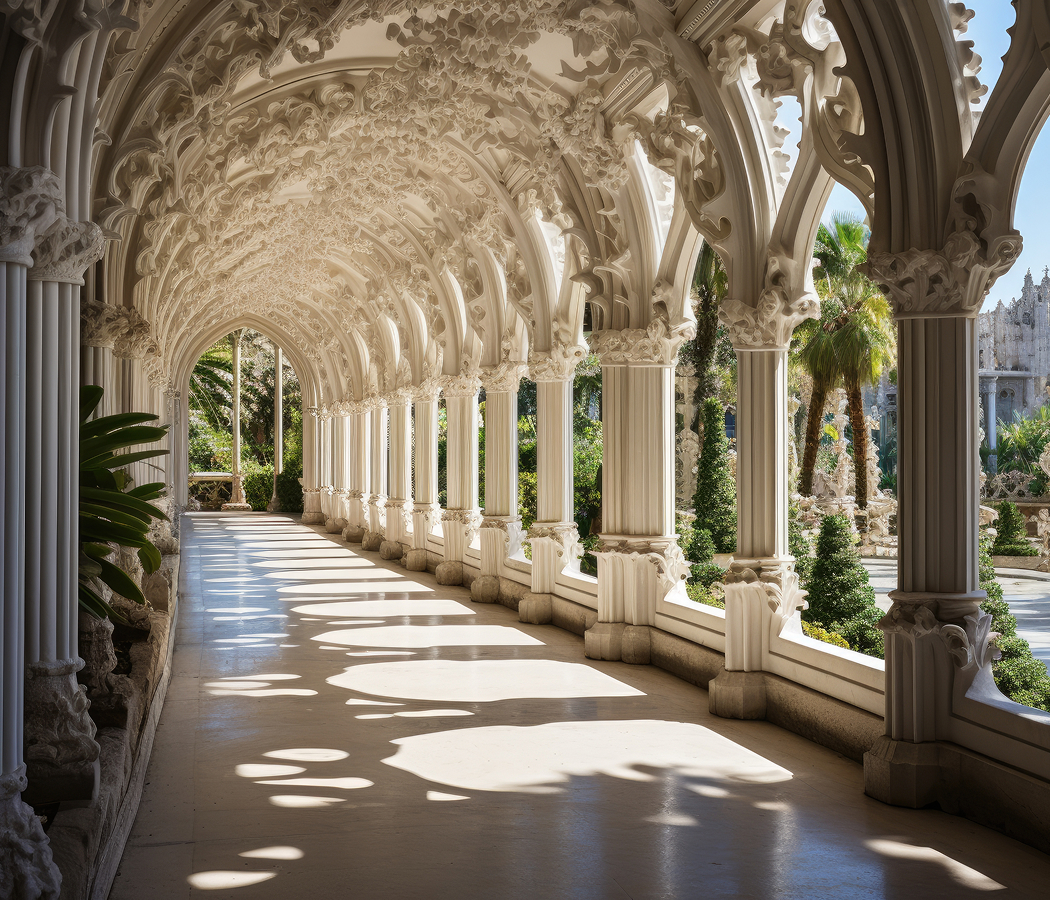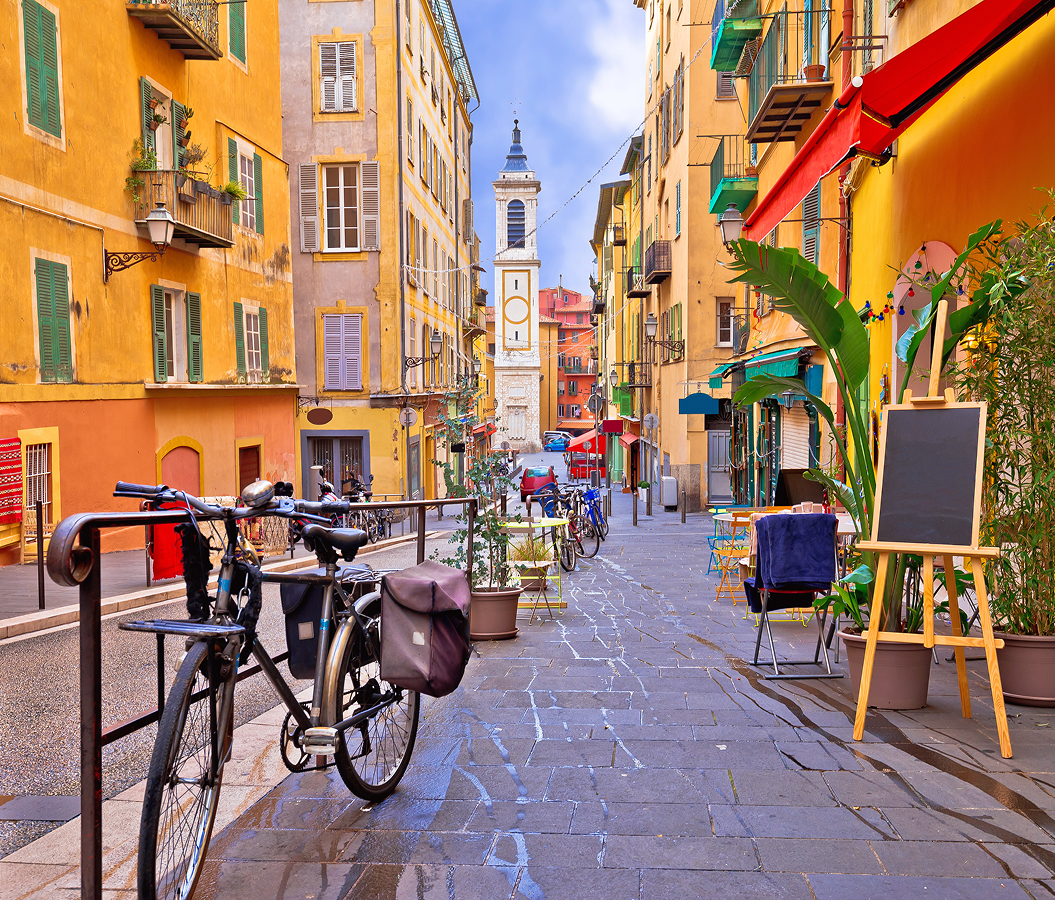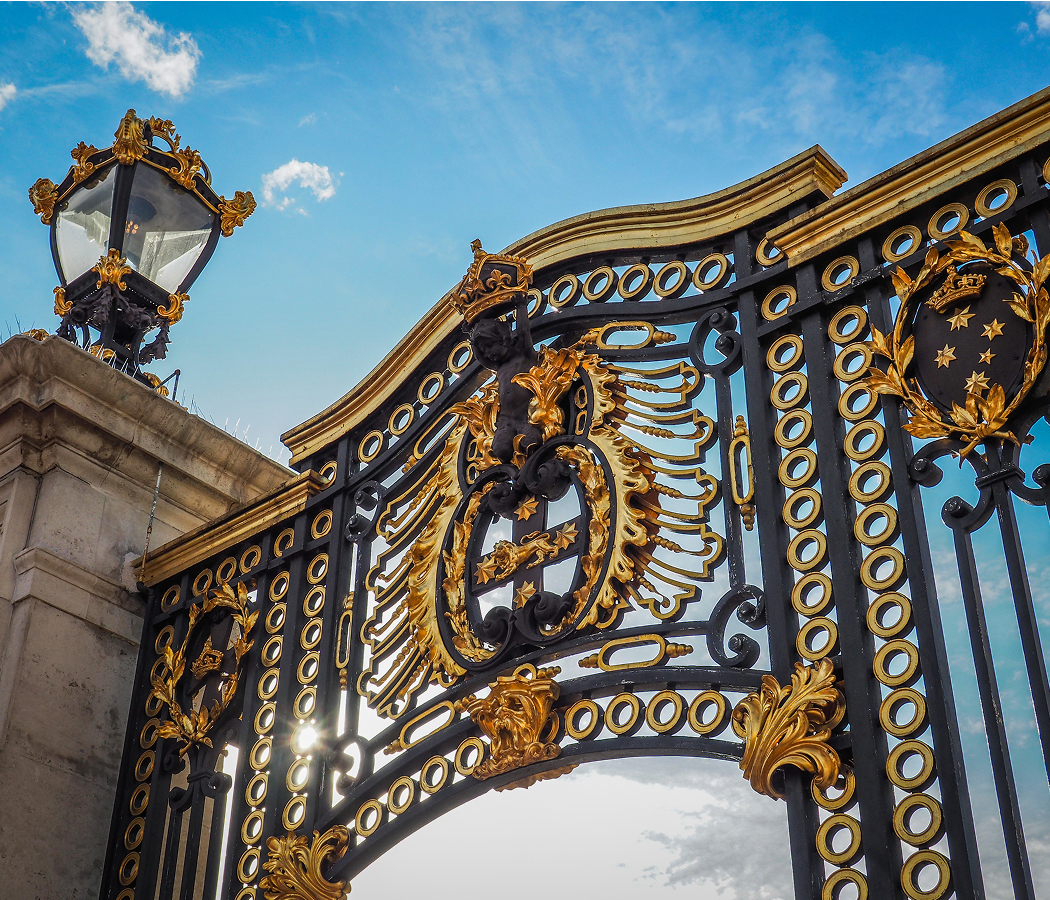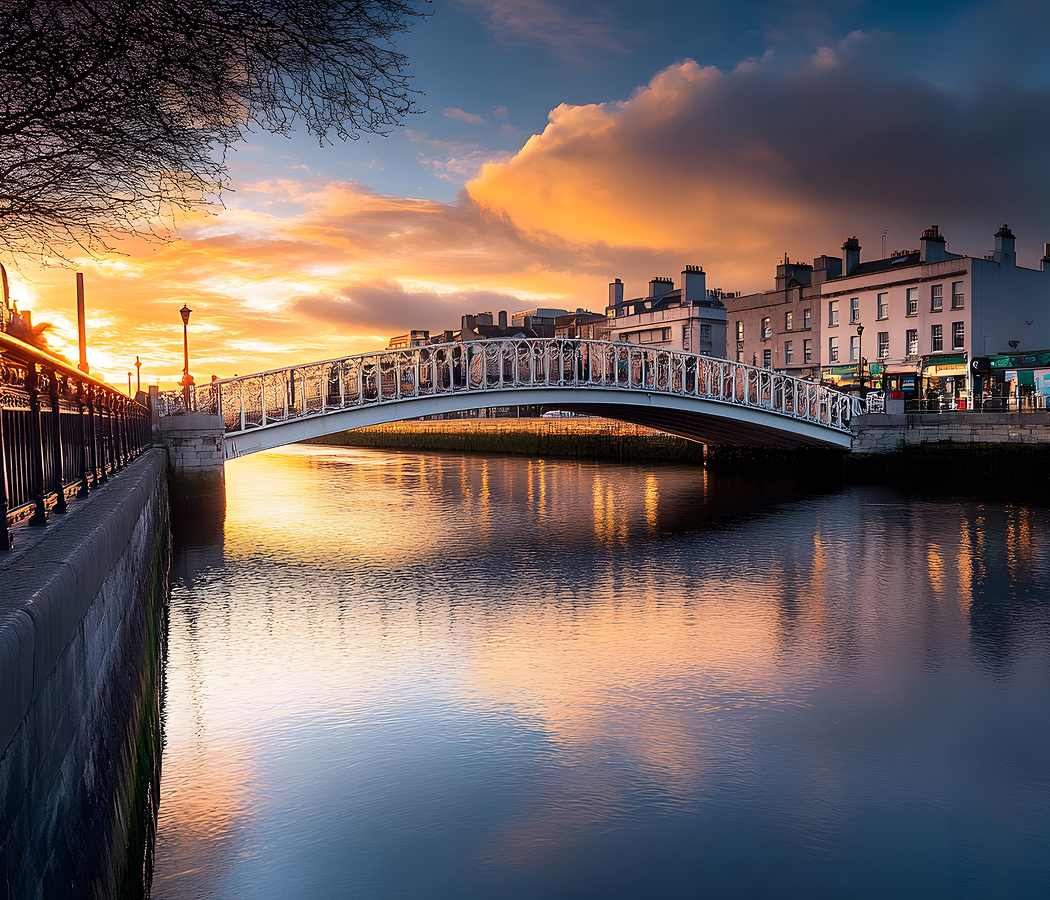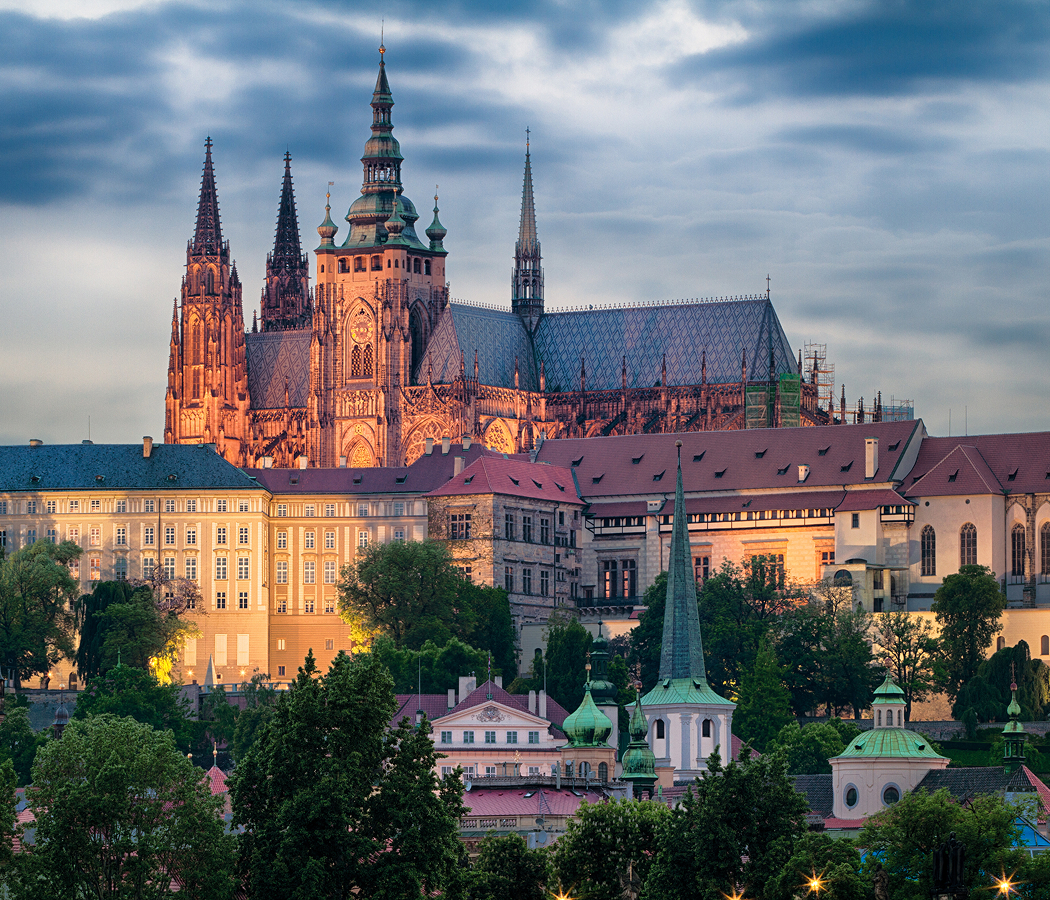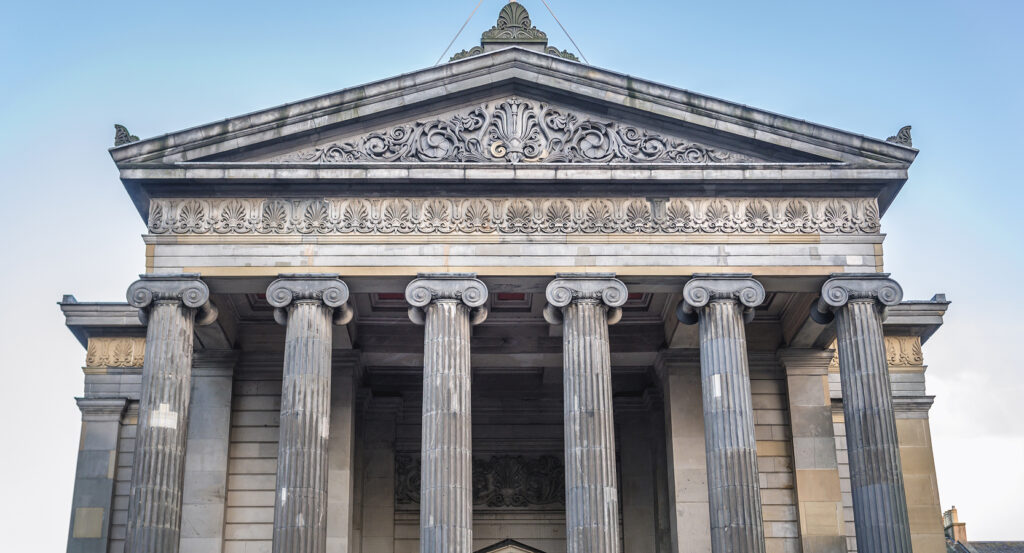
Why you should experience the Surgeons’ Hall Museums in Edinburgh.
Tucked along Edinburgh’s historic Nicolson Street, the Surgeons’ Hall Museums invite visitors into a world both fascinating and unsettling, a journey through the evolution of medicine that reveals the triumphs and moral complexities of human progress.
From the outside, the grand neoclassical façade gives little hint of what lies within: a collection that spans centuries of anatomy, innovation, and the daring pursuit of knowledge. Step through its doors, and the atmosphere shifts, part cathedral, part laboratory, filled with the quiet reverence of discovery. Glass cases gleam under soft light, displaying preserved specimens, surgical instruments, and the stories of men and women who changed the course of medicine. This isn’t a museum for the faint-hearted, but it’s one of Edinburgh’s most extraordinary experiences, a place where science meets art, and where every object speaks to the courage it takes to understand the human body.
What you didn’t know about the Surgeons’ Hall Museums.
The story of the Surgeons’ Hall Museums begins in 1505, when the Incorporation of Surgeons and Barbers of Edinburgh, one of the world’s oldest medical institutions, was granted a royal charter by James IV of Scotland.
From that moment, the city became a beacon of medical education, pioneering ideas that would ripple across the world. By the 18th and 19th centuries, Edinburgh was the epicenter of anatomy, a place where students from across Europe came to study surgery, often under harrowing conditions. The museum itself was established in 1832, largely in response to a dark chapter in the city’s history: the notorious Burke and Hare murders. These two men supplied corpses to anatomy schools by killing their victims, a scandal that led directly to the passing of the Anatomy Act of 1832, which regulated the use of human remains for medical study. Today, the museum doesn’t shy away from this grim past, it embraces it, weaving the story into its exhibits as a lesson in ethics and evolution. Within its walls, visitors encounter everything from centuries-old surgical instruments to meticulously preserved organs, bones, and pathologies, including the skull of William Burke himself. Yet the collection extends far beyond the macabre. It also celebrates the genius of pioneers like Joseph Lister, whose antiseptic methods revolutionized surgery, and James Young Simpson, who introduced chloroform as anesthesia. There’s beauty here too, delicate anatomical drawings, wax models that look more like Renaissance sculptures, and medical innovations that remind us how curiosity has always walked hand-in-hand with compassion. What makes the museum remarkable is its candor: it doesn’t romanticize the past, but instead confronts it with honesty and grace. It stands as both a memorial and a testament, to the cost of progress, and to the humanity that drives it forward.
How to fold the Surgeons’ Hall Museums into your trip.
Visiting the Surgeons’ Hall Museums is an experience that lingers, both intellectually and emotionally, so plan to give it the attention it deserves.
Located just a short walk from the Royal Mile and Greyfriars Kirkyard, it fits beautifully into a day exploring Edinburgh’s academic and historical core. Start your visit mid-morning, when the museum is quiet and the exhibits can be absorbed without hurry. The museum is divided into three distinct galleries: the History of Surgery Museum, tracing the art of healing from medieval bloodletting to robotic surgery; the Pathology Museum, home to the world-renowned collections of the Royal College of Surgeons of Edinburgh; and the Dental Collection, a surprisingly fascinating look at humanity’s long battle with pain and vanity. Move slowly through the rooms, some displays are graphic, but each tells a story of resilience and discovery. Pause before Lister’s instruments or the preserved teaching specimens, imagining the generations of students who once stood in awe before them. Afterward, step outside into the crisp Edinburgh air, letting the weight of history settle. From here, you might stroll to the nearby University of Edinburgh’s Old College, where many of the city’s medical breakthroughs began, or unwind with coffee at a nearby café like Black Medicine or Brew Lab, both local favorites that carry the same academic energy. If your curiosity leans toward the eerie, pair your visit with a later stop at Greyfriars Kirkyard or Mary King’s Close, continuing the city’s theme of life, death, and legacy. But above all, leave time to reflect. The Surgeons’ Hall Museums aren’t just about the history of medicine, they’re about the human condition itself, about the courage it takes to confront mortality and the brilliance required to push past it. It’s a place that humbles and inspires in equal measure, reminding you that progress is never sterile, it’s deeply, profoundly human.
Hear it from the Foresyte community.
You walk in thinking it’s just some museum vibes, then suddenly you’re face to face with a jar full of something that used to be inside someone. It’s gross and fascinating at the same time, like a medical horror movie you can’t stop watching.
Where meaningful travel begins.
Start your journey with Foresyte, where the planning is part of the magic.
Discover the experiences that matter most.











